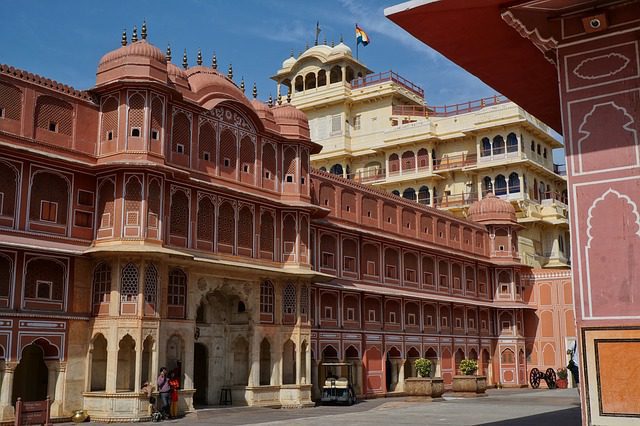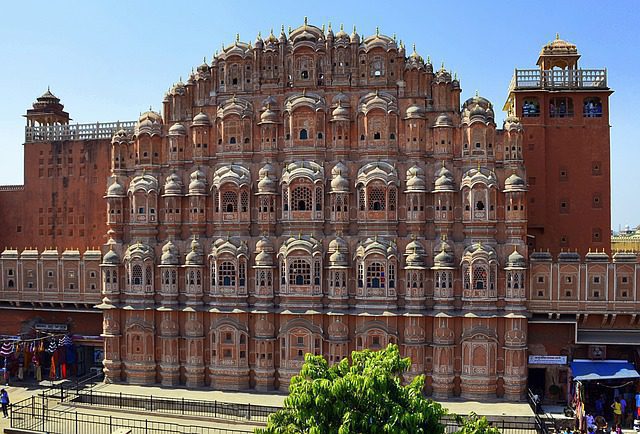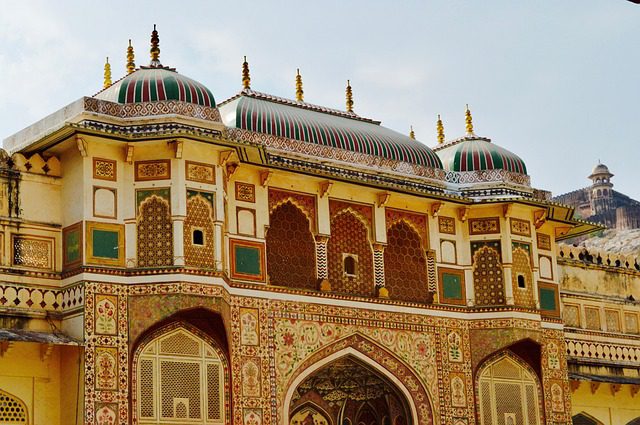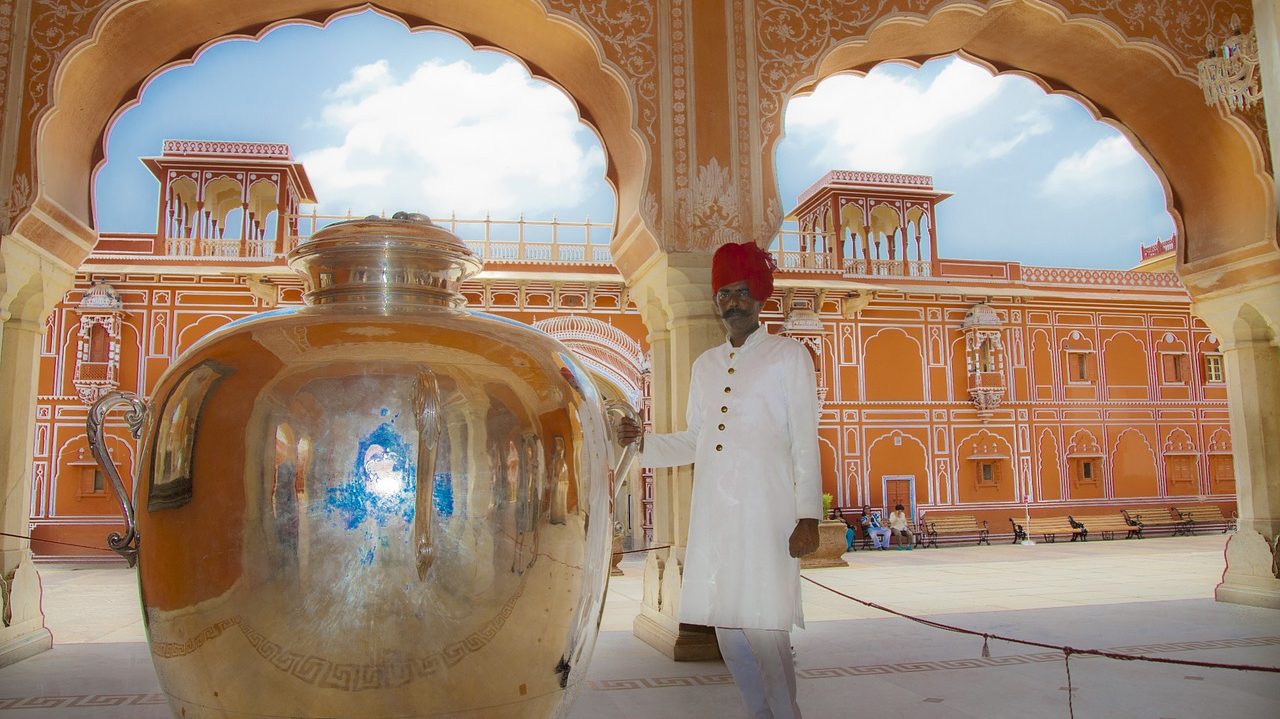It was the year 1727, Amber, then the capital of Maharaja Sawai Jai Singh II was severely hit by water shortages across the city. He then decided to build a capital 12km away keeping in mind the best European city planning model. This was the birth of the first planned city in India, Jaipur. Unlike what many people believe it is not Chandigarh but Jaipur, which is the first planned city of India.
Maharaja roped in Vidyadhar Bhattacharya as the chief architect who then worked as a junior auditor at Amber state. He designed the city based on architecture and design theories from ancient India, the concepts of ‘Shilp Shastra’ and ‘Vastu Shastra’.
Now this walled city of Jaipur, known globally as Pink City, has proudly become a Unesco world heritage site. The announcement was made after the 43rd Session of the UNESCO World Heritage Committee examined the nomination of the Walled City of Jaipur for inclusion in the World Heritage list.
Earlier, In 2018, then Tourism and Culture Minister Mahesh Sharma formally announced that Jaipur’s name being proposed for World Heritage City. The Archaeological Survey of India had in 2015 had submitted a proposal to UNESCO for the status.
The UNESCO shared the announcement on Twitter. “Just inscribed as @UNESCO #WorldHeritage Site: Jaipur City in Rajasthan, #India. Bravo,” the UN body posted on 6th July.
UNESCO’s statement about Jaipur

In the statement UNESCO said, ” Jaipur’s town planning shows an ‘interchange of ancient Hindu, Mughal and contemporary Western ideas’ that shaped the city, a Unesco statement had earlier noted. The city houses various architectural styles, an example of the amalgamation of cultures”.
The statement noted that Jaipur was “also an exceptional example of a late medieval trade town in South Asia and defined new concepts for a thriving trade and commercial hub. In addition, the city is associated with living traditions in the form of crafts that have national and international recognition”.
What is the ‘Walled’ City of Jaipur?

The walled city of Jaipur mostly comprises of its oldest parts — Chandpole, Surajpole, Ajmeri Gate and some of its finest monuments including the City Palace and the iconic Hawa Mahal. Unlike other cities in the region located in hilly terrain, Jaipur was established on the plain and built according to a grid plan interpreted in the light of Vedic architecture.
The streets feature continuous colonnaded businesses that intersect in the center, creating large public squares called Chaupars. Markets, stalls, residences, and temples built along the main streets and have uniform facades.
One can observe that in the city’s urban planning some hints of best practices from varied cultures like, ancient Hindu and modern Mughal as well as Western. The grid plan is a model that prevailed in the West, while the organization of the different districts refers to traditional Hindu concepts.
Designed to be a commercial capital, the city has maintained its local commercial, artisanal and cooperative traditions to this day,” UNESCO’s citation for Jaipur reads.
Jaipur Named UNESCO World Heritage City, P M Modi Welcomes the move
With this move, Jaipur becomes the second Indian city after Ahmedabad to get the title. You can also read why Jaipur is called the pink city of India.
How UNESCO World Heritage City status will benefit Jaipur

Jaipur is already is a historical gem in India and popular with tourists across the globe. UNESCO World Heritage Status will help attract an even greater number of people across the world to visit the city. This will boost the local economy and its artisans. Other destinations in Rajasthan like Ranthambore and Udaipur, already very popular will also stand to benefit.
The UNESCO World heritage city status will also help attract funds towards cultural projects and conservation initiatives. Once the UNESCO tags a city as a heritage city, it ensures that its originality is retained. Hence now, many unwanted structures and encroachments and buildings coming up in the walled city shall have no place in these premises. Meanwhile, do not forget to check our list of the best historical places to visit in Jaipur.



